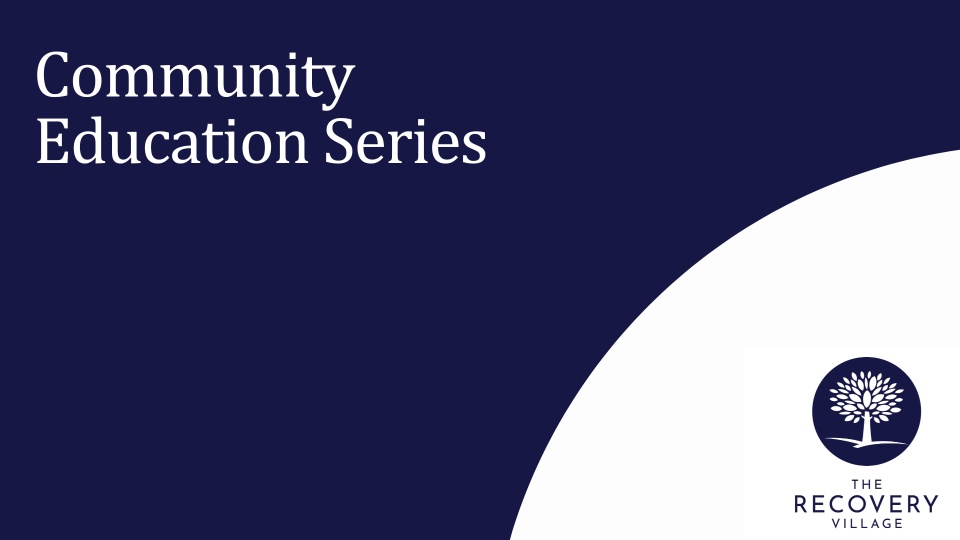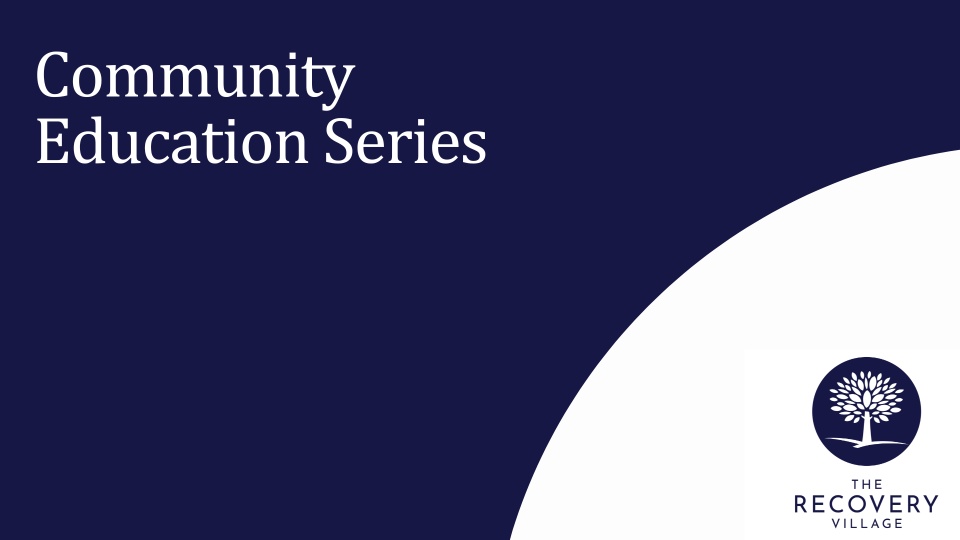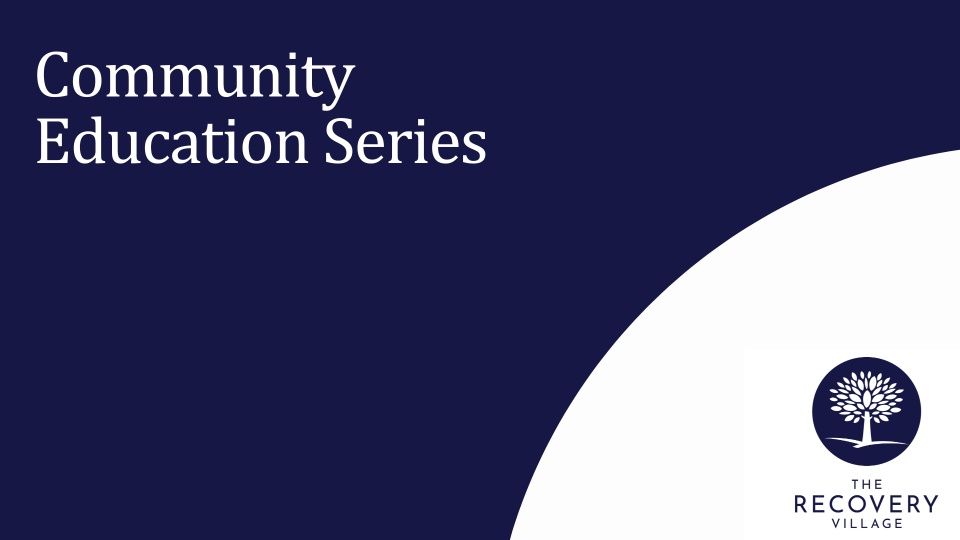The Bottle Looks Familiar:
Alcohol Abuse and the Role of Family in the Latinx Community
Estimated watch time: 1 hr 13 mins
Available credits: none
Objectives and Summary:
This webinar is designed for Mental Health Counselors, Marriage and Family Therapists, Social Workers, Psychologists and Addiction Professionals working with the Latinx community in hospitals, community clinics, private practice and treatment centers. The information presented will help professionals in these fields provide culturally sensitive treatment for clients and their families.
Participants will leave the webinar with a clear understanding of cultural norms and the role of family in alcohol use disorder among the Latinx community.
After watching this presentation, the viewer will have a better understanding of:
- The root of the alcohol use disorder: Understanding cultural stigmas related to gender roles and mental health, immigration, poverty, religious beliefs and multigenerational trauma.
- The essential role the family plays in the addiction and recovery process: Targeting family dynamics is imperative for long-term recovery.
- Assessment and appropriate level of care: Learning how to assess for alcohol use disorder with cultural sensitivity and determining what level of care would be most appropriate. Helping clients find culturally sensitive programs and providers.
Other Addiction & Mental Health Resources
The Recovery Village has several, free resources for those living with addiction or mental health conditions and their loved ones. From videos, to clinically-hosted webinars and recovery meetings, to helpful, medically-reviewed articles, there is something for everyone. If you need more direct help, please reach out to one of our representatives.









